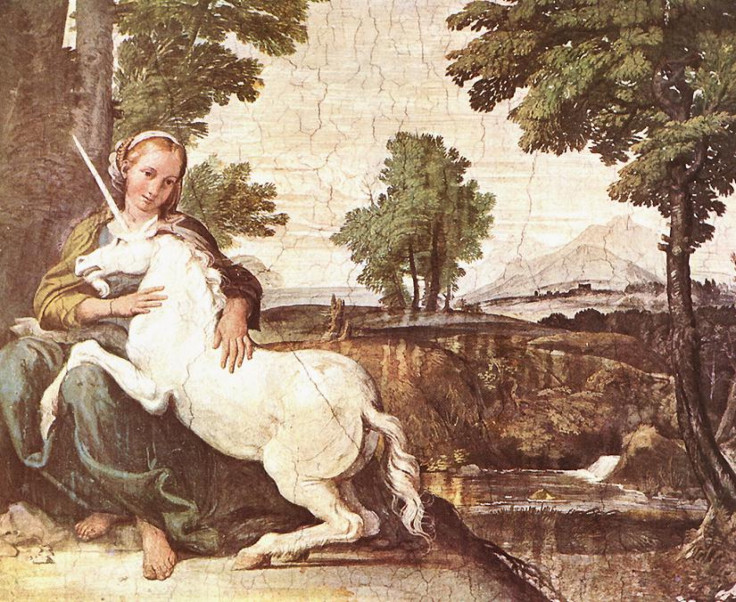Unicorns Are Real: North Korean Media

The bizarre and repressive nation of North Korea has taken yet another outlandish turn – the state-controlled media claims that archaeologists have found the remains of a lair where the mythical unicorn belonging to an ancient king resided.
In an article from the Korean Central News Agency entitled “Lair of King Tongmyong's Unicorn Reconfirmed,” archaeologists from the History Institute of the DPRK [North Korea] Academy of Social Sciences discovered the lair near the Yongmyong Temple in Moran Hill in Pyongyang City.
The unicorn was allegedly owned by King Tongmyong, who founded the Koguryo Kingdom which lasted from B.C. 277 BC to 668 AD.
The KCNA report also stated that a “rectangular rock carved with words ‘Unicorn Lair’ stands in front of the lair. The carved words are believed to date back to the period of Koryo Kingdom (918-1392)… The temple served as a relief palace for King Tongmyong, in which there is the lair of his unicorn."
Historically, in the West, the existence in the belief of unicorns stretches back to ancient Greece and the Bible. In the Middle Ages in Europe, unicorns became a popular and dominant symbol.
Jo Hui Sung, director of the Institute, apparently told KCNA: "Korea's history books deal with the unicorn, considered to be ridden by King Tongmyong, and its lair.”
Clearly using this “discovery” as a propaganda tool against South Korea, KCNA further declared that this extraordinary find “proves that Pyongyang was a capital city of Ancient Korea as well as Koguryo Kingdom."
© Copyright IBTimes 2024. All rights reserved.











